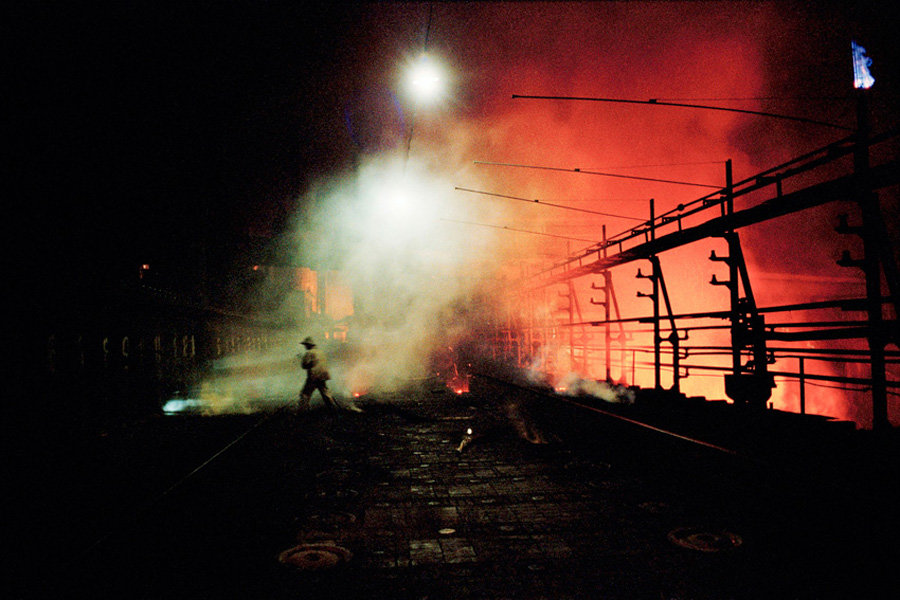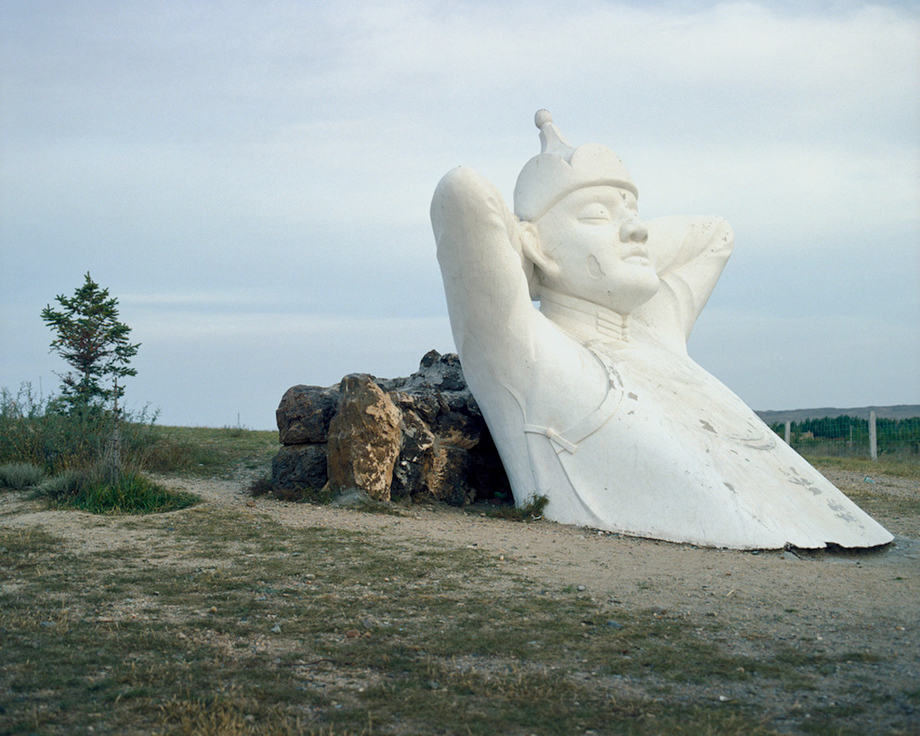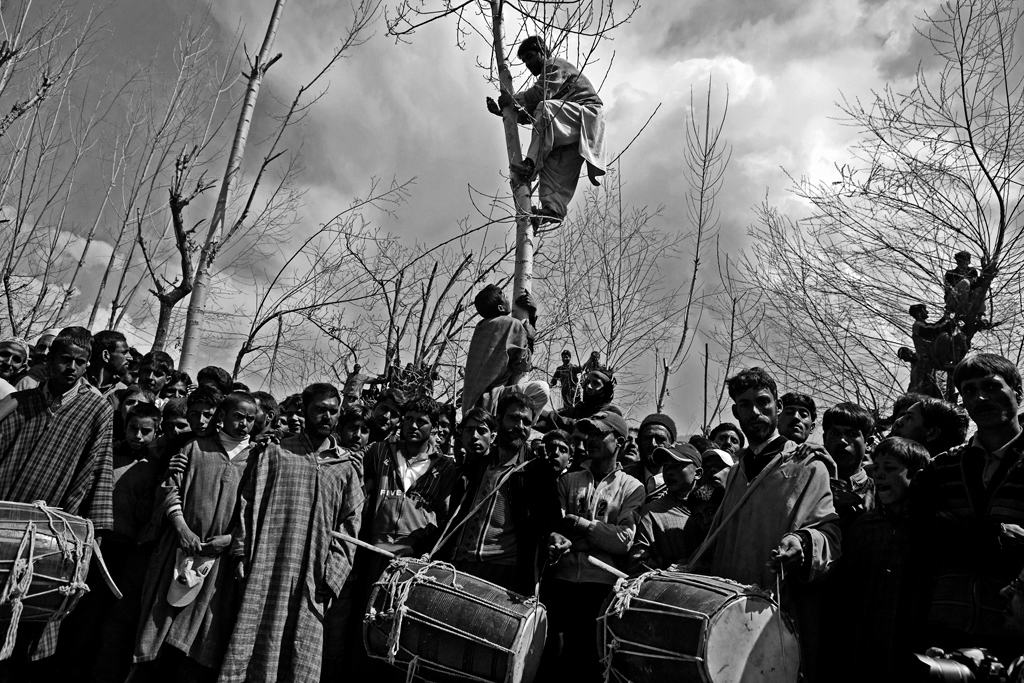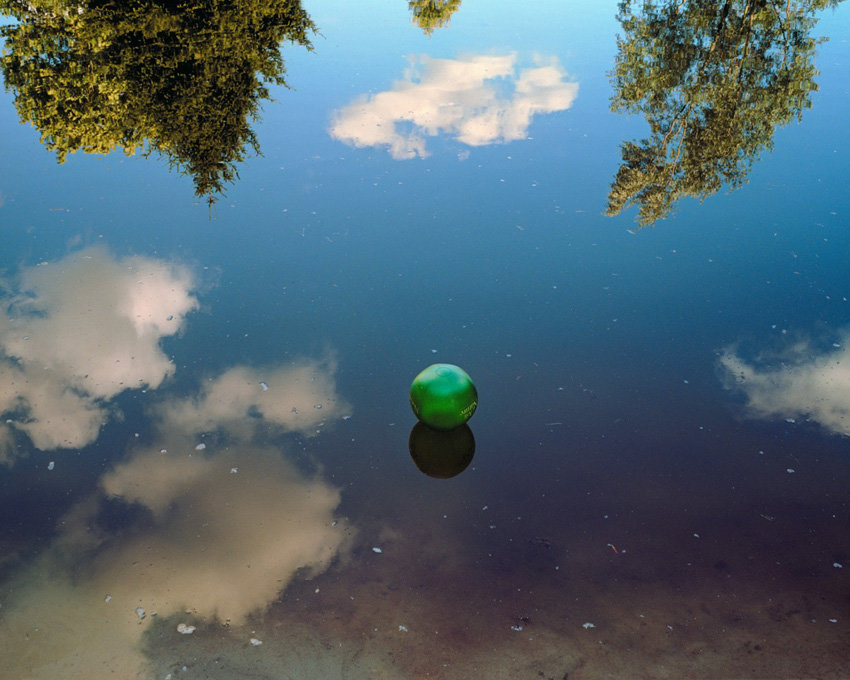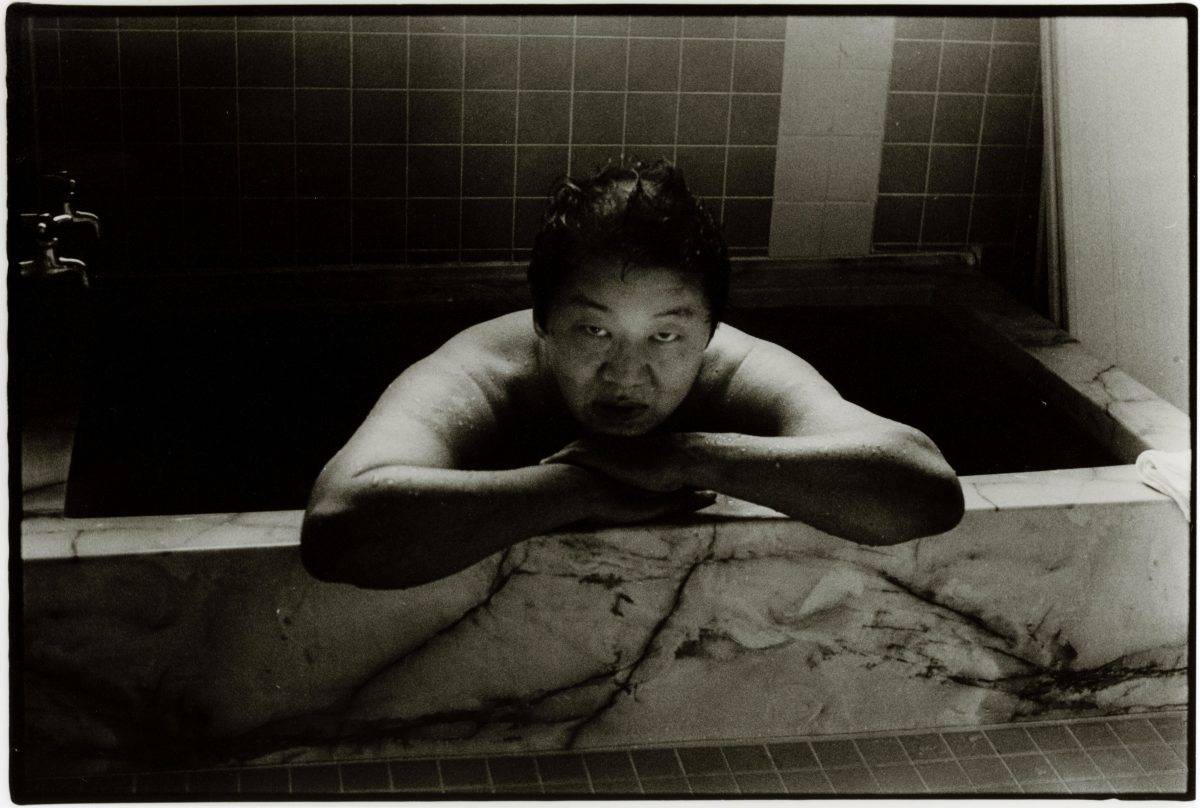Invisible Ph t grapher Asia will be presented in a talk by Kevin WY Lee at the PLATFORM 10.12 event at Sinema Old School Mount Sophia Singapore on Tuesday, 7th December 2010. PLATFORM is a gathering of Singapore-based photographers, who use stills, video or multimedia, to tell stories. PLATFORM is set up with two goals: 1) to foster social documentary visual storytelling in Singapore through the photography medium 2) to bring these stories, that touch on issues concerning our community, to a greater Singaporean audience. Apart from online activities, PLATFORM has a regular show-and-share session, every first Tuesday of each month, 8.00 pm to 10.30 …
Street Photography by Google.
3 years ago, Google began stalking the streets of the real world with electric automobiles (each one armed with nine cameras on a single pole), much like how they stalked and indexed the virtual world. The result of the project, called Google Street View, is a huge matrix of geo-tagged street photography. Now what Jon Rafman has done is sift through Google Street View’s mundane and decisive moments, and curated a collection of Street Photographs called ‘The Nine Eyes of Google Street View’, photographed by Google, of course. Welcome to an alternate future of photography, a decisively pixelated one at that.
[Tear Sheet] Juice Magazine OCT ’10: The Invisible Photographer – Across The Street And Asia
Original article in Juice Magazine October 2010 Issue. Text by Renee Lorentzen. Photographs by Kevin WY Lee and Paul Swee. Street photography blogs might be all the rage this moment, but Kevin Lee of The Invisible Photographer is taking this new phenomenon to a whole other level. Combining his passion for street photography and a strong love for Asia, Kevin launched The Invisible Photographer a couple of few months ago as a creative outlet for himself, and that other lensman next to him. And though most blogs focus on its owner, Kevin opens his to fellow photographers who share that same sizzling passion of working the camera to its best capacities. As …
Yang Yan Kang, Photographer China.
We met the humble Yang Yan Kang at his ‘Of Legends and Beliefs’ Exhibition held at the Leica Store Singapore Opening yesterday. He autographed and gave us a copy of his book of postcards. Here are some pictures of Yang and his beautiful documentary photographs of Tibet in his book.
Leica Store, Singapore Opening & ‘Of Legends and Beliefs’ Exhibition by Yang Yan Kang.
We made an impromptu visit to the official Leica Store, Singapore which opened today at Raffles Hotel Arcade. Coinciding with the store launch is a beautiful exhibition ‘Of Legends and Beliefs’ by Yang Yan Kang, a China-based photographer and member of French agency VU. Yang Yan Kang was present so we had a little chat.
Invisible Interview: Ian Teh
I tend to see my projects as films, the work may be inspired by a social, environmental issue, it might be something more lighthearted and self indulgent.
Rangefinder Cameras: A History & Introduction (Part 3)
Beyond manual focus and the popular 35mm film format. Continuing from the world of interchangeable M mount lenses, there were many cameras that were offered as fixed lens 35mm rangefinder cameras by several manufacturers, mainly Japanese. Being extremely small, compact, and with great reliability, cameras like the Olympus 35 and XA, Canon Canonet and the Yashica GSN have all become cult classics today. Modern offerings in the form of high-end compact cameras also made their way into the market. These include the Contax’s T series, Ricoh’s GR21, Nikon’s 28Ti and 35Ti, and Minolta’s TC-1 amongst others.
Rangefinder Cameras: A History & Introduction (Part 2)
The M mount In 1954, Leica launched the M3 rangefinder camera, which featured a new bayonet lens mount, a high magnification viewfinder, as well as an improved film transport. This was the beginning of the M System we know today. The Leica IIIg, which was launched in 1957, was the last thread mount camera that Leica offered. However, it is important to note that the new M mount did not spell an end to the now ubiquitous Leica Thread Mount (LTM) lenses. Instead of being an obsolete system, LTM lenses can be mounted on M mount cameras via thread to …
Rangefinder Cameras: A History & Introduction (Part 1)
Guest Post by Benny Ng. In the beginning.. In the early 1900s, there was a man with a vision for portable photography. His name was Oskar Barnack, and in 1914, he created the Ur-Leica, forefather of the 35mm film format that we know today. This camera was also the cornerstone of the evolution of the rangefinder system of photography. In the early days of rangefinder photography, there were several manufacturers and quite a few differing formats of lens to camera interface as each sought to develop their own proprietary mount. Many of the early lens mounts were not coupled as …
Sebastiao Salgado on the Decisive Moment.
A beautiful description of Cartier-Bresson’s “decisive moment” by Sebastiao Salgado. “His operating philosophy, this integration with the subject, is different from Cartier-Bresson’s “decisive moment”, a theory that the photographer must catch the instant when the elements present reach a balance. Salgado, borrowing from geometry, describes the ambiance of a scene as a crescendo of moments, a rising curve. The critical moment for Cartier-Bresson, Salgado says, would be when the curve reaches its peak and begins to fall. Salgado wants to live within the curve, experiencing all of it with the subject.” Source: New York Times
Invisible Interview: Li Wei
Li Wei, was born in Inner Mongolia, but now works as a freelance documentary photographer in Beijing. His work has been featured in numerous exhibitions in China and internationally. “The Earth” and his photographs of post-quake Wen Chuan, both captured on 6×7 photographs, are wonderful dream-like dedications from a son to his beloved motherland. In this Invisible Interview, Li Wei tells us more about himself, his photography and his inspiration.
Kashmir Living, by Zishaan Akbar Latif
My account of Kashmir is not conflict driven but irony driven. What I read is not what I almost saw or experienced. What I experienced was far more impactful than the misconstrued and misleading bits of news I got to read or see in the ‘safer’ parts of India. What I experienced hands-on was important to understand the ground realities of a land torn between 2 egoistic countries calling this magnificent stretch of land an “integral” part of ones country without really providing its people the elementary necessities of choice and a voice to express their need for an education, …
Invisible Interview: Hin Chua, After The Fall
Malaysian-born Hin Chua once wrote code as a computer science graduate. He now writes with light, creating surreal and beautiful documentary, or fine art as he prefers, photographs.
Invisible Interview: Junku Nishimura
Junku Nishimura, a.k.a junku-newcleus, is a Japanese street photographer, and in his own words, the ‘most funkiest funk old school unknown DJ in the world’.
Video: Street photography, Shanghai, Ying Tang
A short video documentary on Ying Tang, the talented Shanghai-based street photographer featured in our most recent Invisible Interviews and Photo Essays.




